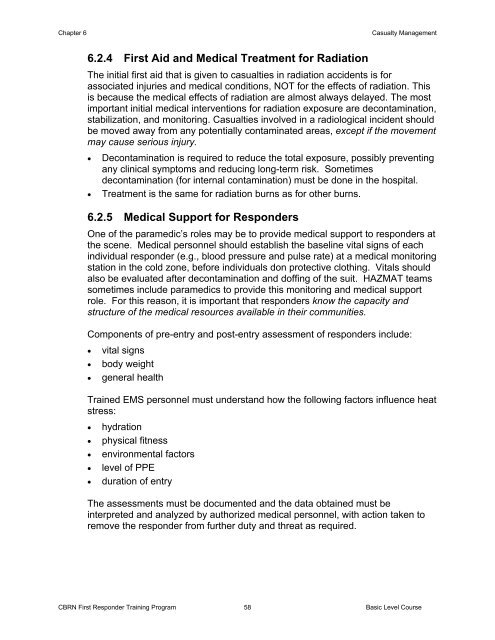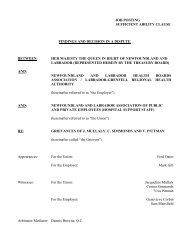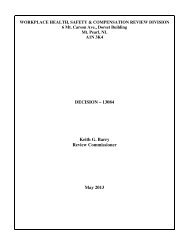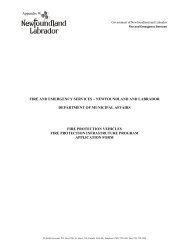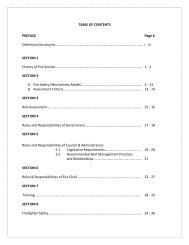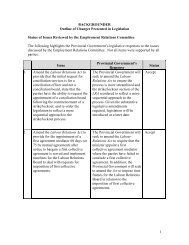Basic Level Pre-Course Reading
Basic Level Pre-Course Reading
Basic Level Pre-Course Reading
You also want an ePaper? Increase the reach of your titles
YUMPU automatically turns print PDFs into web optimized ePapers that Google loves.
Chapter 6<br />
Casualty Management<br />
6.2.4 First Aid and Medical Treatment for Radiation<br />
The initial first aid that is given to casualties in radiation accidents is for<br />
associated injuries and medical conditions, NOT for the effects of radiation. This<br />
is because the medical effects of radiation are almost always delayed. The most<br />
important initial medical interventions for radiation exposure are decontamination,<br />
stabilization, and monitoring. Casualties involved in a radiological incident should<br />
be moved away from any potentially contaminated areas, except if the movement<br />
may cause serious injury.<br />
• Decontamination is required to reduce the total exposure, possibly preventing<br />
any clinical symptoms and reducing long-term risk. Sometimes<br />
decontamination (for internal contamination) must be done in the hospital.<br />
• Treatment is the same for radiation burns as for other burns.<br />
6.2.5 Medical Support for Responders<br />
One of the paramedic’s roles may be to provide medical support to responders at<br />
the scene. Medical personnel should establish the baseline vital signs of each<br />
individual responder (e.g., blood pressure and pulse rate) at a medical monitoring<br />
station in the cold zone, before individuals don protective clothing. Vitals should<br />
also be evaluated after decontamination and doffing of the suit. HAZMAT teams<br />
sometimes include paramedics to provide this monitoring and medical support<br />
role. For this reason, it is important that responders know the capacity and<br />
structure of the medical resources available in their communities.<br />
Components of pre-entry and post-entry assessment of responders include:<br />
• vital signs<br />
• body weight<br />
• general health<br />
Trained EMS personnel must understand how the following factors influence heat<br />
stress:<br />
• hydration<br />
• physical fitness<br />
• environmental factors<br />
• level of PPE<br />
• duration of entry<br />
The assessments must be documented and the data obtained must be<br />
interpreted and analyzed by authorized medical personnel, with action taken to<br />
remove the responder from further duty and threat as required.<br />
CBRN First Responder Training Program<br />
58<br />
<strong>Basic</strong> <strong>Level</strong> <strong>Course</strong>


